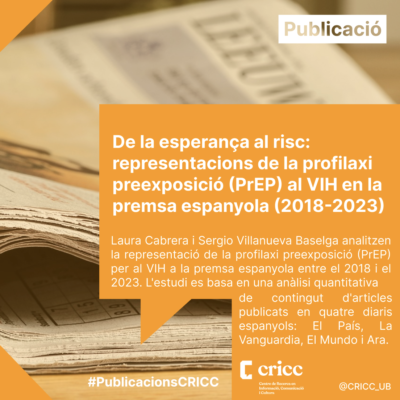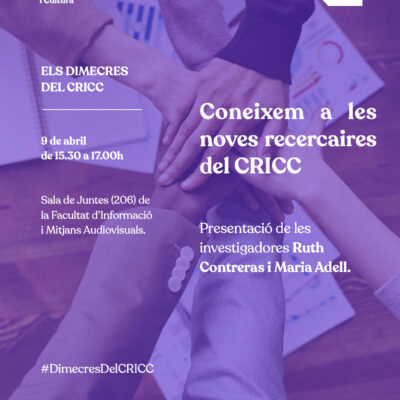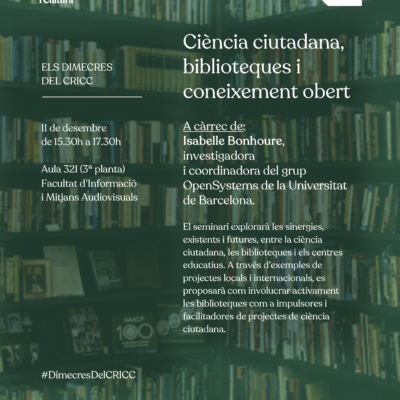Creating a chatbot with ChatGPT to support cataloging in libraries, archives and documentation centers. Comparison of free and premium language models.
A new report published in the “CRICC Reports” series presents a comprehensive study on the construction and use of a Pretrained Text Generator (PTG) model in libraries, archives and documentation centers, with a detailed comparison between free and premium versions of these language models.
The project aims to improve cataloging and resource management practices in GLAM (Galleries, Libraries, Archives and Museums) environments through the implementation of artificial intelligence.
Initially, the theoretical concepts and basics of artificial intelligence-assisted cataloging are explored. Subsequently, the practical steps necessary to create a customized GPT that fits the specific needs of library staff are described. This includes initial setup of the model, training with specific data and ongoing adjustments to optimize its performance. The importance of correctly configuring GPT instructions and parameters to ensure useful and accurate responses to tasks such as cataloging in MARC21 format, detailed image description, cover page identification and text translation is emphasized.
In addition, the report makes a comparative evaluation between the free and premium versions of the GPT-4 model, analyzing their performance in various library tasks. The comparison is based on several criteria, including the accuracy of the answers, the ability to customize, the technical support available, and the limitations and advantages of each version.
The results show that while the free version of GPT-4 is useful for basic tasks, the premium version offers higher accuracy and better handling of complex and specific tasks, making it more suitable for demanding professional environments.
The study also includes practical examples of how these models can be used in real life, describing specific use cases in the cataloging of antiquarian books, the transcription and translation of multilingual texts, and the identification of historical engravings. These applications demonstrate the potential of GPT to improve the efficiency and quality of work in libraries and archives.
Finally, recommendations are offered for the effective integration of GPT models into the daily operations of libraries. These include the need for ongoing staff training, regular adaptation of the model based on user feedback, and the importance of keeping GPT data and instructions up to date to ensure their relevance and effectiveness. The report stresses the importance of collaboration between librarians and artificial intelligence experts to maximize the benefits of this technology in the information and documentation sector.
Boté-Vericad, Juan-José; Fabeiro, Rosa; Anglada, Ramon. (2024). Creando un chatbot con ChatGPT como soporte a la catalogación en bibliotecas, archivos y centros de documentación. Comparación de modelos de lenguaje en versión gratuita y premium. http://hdl.handle.net/2445/213600. Barcelona: Universitat de Barcelona.







